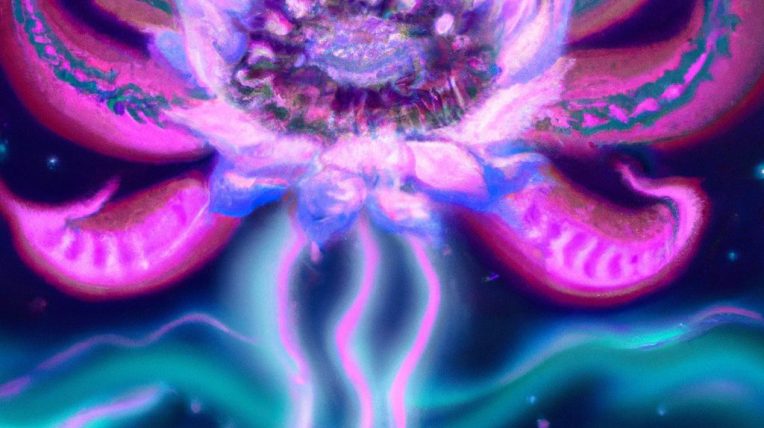Understanding Artificial Intelligence in Scientific Visualization
Artificial intelligence (AI) – it’s a phrase that’s intertwined within our daily cultural lexicon, from movies to Silicon Valley startups. Its potential is truly limitless – ranging from self-driving cars to personalized music recommendations on your preferred streaming service. Now, its transformative prowess has penetrated another fascinating sphere – the domain of scientific visualization. How does this work though, and how can AI image generators employ their ‘intelligence’ to give form to scientific concepts or data? Buckle up, as we delve into this riveting realm filled with mind-boggling complexities and intriguing, visual splendors.
The Role of AI Image Generators
In a nutshell, AI image generators have advanced capabilities to create high-quality visuals based on various attributes and parameters. They operate on algorithms that are trained on mass amounts of images, enabling these smartened machines to serve up pictures fine-tuned to the minutest attribute detail.
Before we demystify how AI plays a pivotal role in scientific visualization, let’s engage in a quick thought-experiment – think of this generative feature like a highly-skilled artist, nay, a creative virtuoso, who doesn’t just replicate a reference image on a canvas. Instead, the AI creates new visuals by rearranging and reassembling a repository of elements – in this case, pixels – it’s learned over time.
Enhancing Scientific Visualization with AI
AI image generators enhance scientific visualization via two primary routes – Firstly, as ‘knowledge translators’ by converting scientific data into visually informative displays. Secondly, and more intriguingly, as ‘imaginative explorers’, where AI-generated simulations reveal hidden patterns or predict future possibilities based on the provided data, thereby transcending human comprehension and spatial-temporal limits.
Remember, scientific data is often intangible, inaccessible, and incomprehensible to the average human due to its inherent complexity or because it doesn’t exist in our perceivable three-dimensional realm (think quantum physics or multidimensional space-time models). This is where the AI image generator is a game changer. By translating bulky and obscure data into images, these algorithms help us to comprehend complex principles, observe trends and patterns, or even simply appreciate scientific beauty.
Beyond Translation: Expanding Perception and Interaction
In a nutshell, AI image generators are not mere tools that translate brainy, hard-to-digest scientific data into easily understood, relatable visuals. They go beyond this translation functionality to enhance and expand our ability to perceive and interact with scientific concepts and data. They empower us, the laypeople, to engage in an enlightening conversation with the often abstract and perplexing riddles of science.
Conclusion
In conclusion, the power of AI image generators isn’t confined to giving wings to your fantasies or churning out inviting thumbnails for your social media feeds. They hold exciting potential in helping us visualize, comprehend, and explore the thrilling frontier of scientific data and concepts. The fusion of artificial intelligence with science is truly an exciting chapter in our relentless pursuit of knowledge, underscoring that we truly live in an age where technology is creating bridges to further human understanding.















